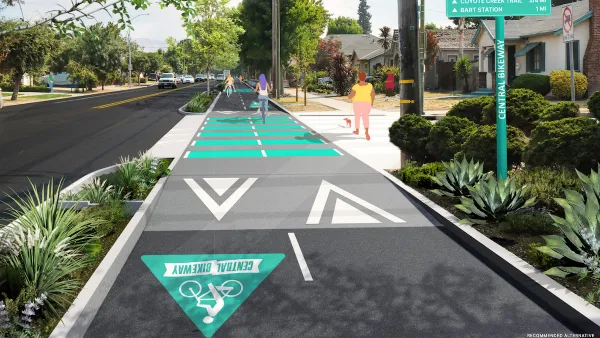Fungi are emerging as powerful tools in environmental cleanup, with scientists and community leaders using mushrooms to break down pollutants and restore contaminated soil.

Fungi, often misunderstood and even feared in pop culture, are proving to be potent allies in environmental restoration. Bioremediation expert Danielle Stevenson is at the forefront of mycoremediation, the use of fungi to break down pollutants and absorb heavy metals from contaminated soil. With concerns from the public fueled by fictional depictions like The Last of Us, Stevenson emphasizes that fungi are nature’s recyclers, not threats. Her work shows how certain species can transform petrochemicals, pesticides, and heavy metals into harmless compounds or concentrate them for safer removal. This nature-based method offers an affordable, less disruptive alternative to traditional “dig and dump” remediation approaches.
Mycoremediation has a long scientific history, with researchers since the 1960s exploring fungi’s capacity to break down harmful substances. As reported by Lauren Oster, Stevenson’s recent pilot project at several brownfield sites in Los Angeles demonstrated promising results: a 50% drop in organic soil contaminants within three months and significant reductions in heavy metals after one year. Her methods include pairing fungi with plants in contaminated plots and training high school students in affected communities to help with the work. These collaborative, community-centered efforts are being recognized as not only scientifically sound but socially just, targeting areas most impacted by industrial pollution.
Beyond brownfields, fungi are now being deployed in disaster recovery and post-conflict zones. Mycologist Maya Elson has led efforts to use inoculated filter socks to trap and degrade pollutants from wildfire runoff in California and Hawaii. Meanwhile, researchers are exploring how these techniques can be adapted to war-torn landscapes, where fungi can break down contaminants from explosives without destroying the soil. Scientists emphasize the importance of using native fungi and field-tested methods to ensure success and ecological safety. While fungi alone won’t “save the world,” advocates like Stevenson believe their potential lies in collective action and practical, localized solutions to some of today’s most pressing environmental challenges.
FULL STORY: Can Scientists Harness the Magic of Mushrooms to Clean Up Polluted Landscapes?

Planetizen Federal Action Tracker
A weekly monitor of how Trump’s orders and actions are impacting planners and planning in America.

Silicon Valley ‘Bike Superhighway’ Awarded $14M State Grant
A Caltrans grant brings the 10-mile Central Bikeway project connecting Santa Clara and East San Jose closer to fruition.

Amtrak Cutting Jobs, Funding to High-Speed Rail
The agency plans to cut 10 percent of its workforce and has confirmed it will not fund new high-speed rail projects.

Tesla Announced Human-Assisted Robotaxi Launch in San Francisco — But State Regulators Say Otherwise
The electric carmaker appears to be both-sides-ing its impending launch, telling regulators it will have human drivers on board while touting the project as ‘robotaxis’ to investors.

Indianapolis Encourages Tactical Urbanism With Lending Library, Grant Program
Residents can apply to receive assistance with traffic calming projects that can provide valuable data and lead to permanent changes.

Jacksonville Completes Park Street Road Diet
The half-mile corridor now features new bike lanes and sidewalks, as well as roundabouts and new landscaping.
Urban Design for Planners 1: Software Tools
This six-course series explores essential urban design concepts using open source software and equips planners with the tools they need to participate fully in the urban design process.
Planning for Universal Design
Learn the tools for implementing Universal Design in planning regulations.
Yukon Government
Caltrans
New Jersey Institute of Technology
Mpact (founded as Rail~Volution)
City of Camden Redevelopment Agency
City of Norman, Oklahoma
City of Portland
City of Laramie





























